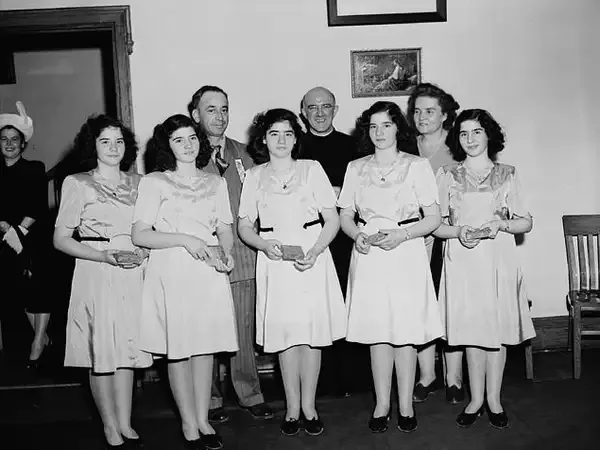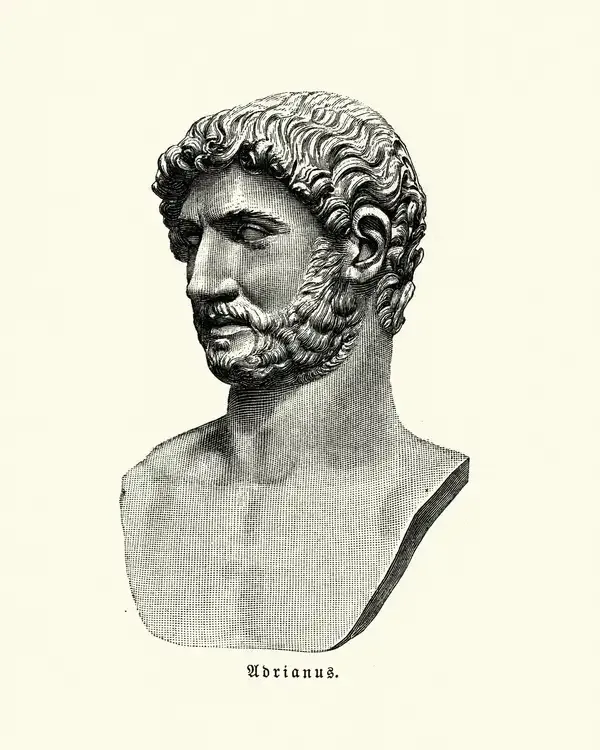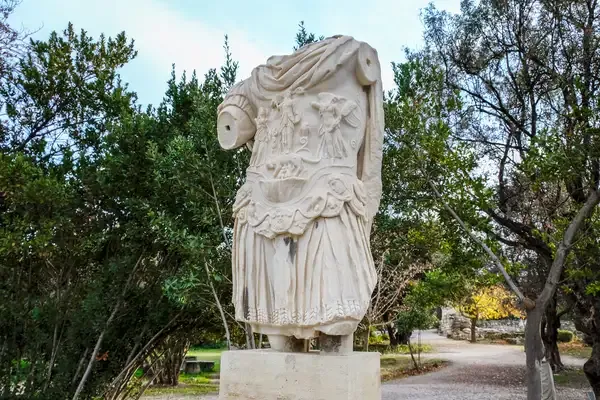How the First Surviving Quintuplets Became a Tourist Attraction
In 1934, the Dionne quintuplets were born in Ontario, Canada, becoming the first known quintuplets to survive infancy. Amidst the Great Depression, their rarity and media fascination turned them into a tourist attraction. The government intervened, making them wards of the state, and displayed them in a specially built facility called "Quintland," drawing millions of visitors. This controversial exploitation raised ethical concerns about privacy and the commercialization of children, leaving a lasting impact on their lives.

The Birth of the Quintuplets
In the early 1930s, the world witnessed a miraculous event that captivated the hearts and minds of many: the birth of the first surviving quintuplets. Born on May 28, 1934, in Ontario, Canada, the Dionne quintuplets—Annette, Émilie, Yvonne, Marie, and Cecile—became a global sensation. Their story not only highlighted the wonders of medical advancements but also sparked immense public interest, which eventually transformed them into a prominent tourist attraction.
The Quintuplets as a Media Phenomenon
The Dionne quintuplets were thrust into the limelight almost immediately after their birth. The media frenzy surrounding their arrival was unprecedented. Newspapers, magazines, and radio stations clamored to share their story with the world. The quintuplets were seen as a symbol of hope and resilience during the Great Depression, making them even more appealing to the public. This surge in interest quickly morphed into a tourist attraction, with thousands of visitors flocking to see the babies.
Turning into a Tourist Attraction
As the quintuplets grew, the original family home was converted into a tourist site. By the late 1930s, the Dionne home had transformed into a museum, dubbed the "Dionne Quintuplets Museum." It showcased memorabilia, photographs, and personal items related to the quintuplets, allowing visitors to gain insight into their extraordinary life. The museum became a significant part of Ontario's tourism landscape.
| Year | Visitor Count | Key Events |
|---|---|---|
| 1935 | 100,000+ | First public appearance |
| 1936 | 200,000+ | Film about the quintuplets released |
| 1937 | 300,000+ | Expansion of the museum |
| 1940 | 500,000+ | World Fair appearance |
The Impact on Local Economy
The emergence of the Dionne quintuplets as a tourist attraction had profound effects on the local economy. The influx of visitors brought revenue to local businesses, including restaurants, hotels, and shops. This newfound attention helped stimulate growth in the region, leading to infrastructure development and job creation. The Dionne quintuplets became more than just a family; they were a key driver of economic progress in Ontario during a challenging time.
Challenges and Controversies
Despite their fame and the joy they brought to many, the Dionne quintuplets faced numerous challenges. Their lives were heavily scrutinized, and they were often seen as commodities rather than individuals. The ethics surrounding their upbringing became a topic of heated debate. The quintuplets were placed under the guardianship of the provincial government, which aimed to control their lives for profit. This controversial decision sparked public outrage and led to legal battles that lasted for years.
The Legacy of the Quintuplets
Today, the Dionne quintuplets are remembered not only for their extraordinary survival but also for their impact on popular culture and tourism. Their story has been featured in numerous films, books, and documentaries. The original museum has since closed, but the legacy of the quintuplets continues to draw interest from historians and tourists alike.
Visiting the Dionne Quintuplets Heritage Site
For those interested in experiencing the history of the Dionne quintuplets firsthand, the Dionne Quintuplets Heritage Site offers a chance to explore their legacy. Although the original museum is no longer operational, the site features interpretive signs, sculptures, and walking paths that celebrate the quintuplets' lives. Visitors can learn about the challenges they faced and the impact they had on society.
Conclusion
The story of the first surviving quintuplets offers a fascinating glimpse into human resilience and the power of public interest. From their miraculous birth to their transformation into a tourist attraction, the Dionne quintuplets captured the world's attention and left an indelible mark on both local and global history. Their legacy serves as a reminder of the complex interplay between fame, ethics, and community, making their story relevant even today.
As tourism evolves, the tale of the Dionne quintuplets remains a significant chapter in the annals of human interest stories, illustrating how extraordinary circumstances can lead to lasting cultural and economic impacts.












